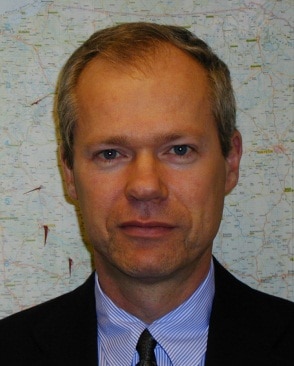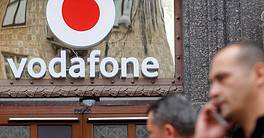Emerging Markets

It has never been easy for small and midsize companies in emerging markets to raise money. Since the financial crisis it has become even harder.
Banks have been compelled by stricter capital requirements to lend to larger creditors that own real estate and other low-risk collateral. Venture capital investors, wary of getting stuck without an exit in countries like China where the IPO market has virtually shut down, are becoming reluctant to invest in privately owned companies. The World Bank and its sister organization, the International Finance Corp., find it too demanding to monitor myriad small-cap investments, so they are gravitating toward larger investments in fewer midcap companies.

But relief could be on the way with the emergence of a new genre of entrepreneurial funds built to turn a profit for investors by financing SMEs. Two such vehicles are in the process of being launched by Small Enterprise Assistance Funds, a global asset management firm in Washington, DC, that has worked in underserved areas of about 30 emerging markets from Colombia to Poland to Bangladesh since it was founded in 1989. SEAF currently manages $750 million in equity in SMEs, two-thirds of which comes from development finance institutions in Europe and the US, including the IFC. “The rest is private money,” says Bert van der Vaart, CEO and executive chairman of SEAF.
One of these offerings, the SEAF Global Flex Fund, is supposed to have an 18-month investment and charges investors a one-time 10% fee. That’s a stark departure from the standard fee structure of 2% of assets under management plus 20% of investment returns, payable every quarter with a five-year holding period “as if the liquidity in emerging markets were like it would be in Silicon Valley,” says van der Vaart. With a minimum deposit of just $500,000, the fund aims to make about 10 to 12 investments ranging in value from $2 million to $7 million each, and van der Vaart expects it to launch soon with $40 million in assets. An unusual feature of the fund is that it will generate some of its returns by charging the SMEs in which it invests a 1.5% annual fee plus a 2% exit fee.
The second vehicle, the Global Impact Fund, hopes to raise $500 million in assets for 60 to 70 investments of about $2 million to $4 million each. It’s similar to a fund of funds in that Global Impact will parse out the assets to fund managers that already have a presence in emerging markets. “That would be radical because it would provide large endowments and institutions with access to growing SMEs, which your typical two-and-20 fund managers really couldn’t,” says van der Vaart.



